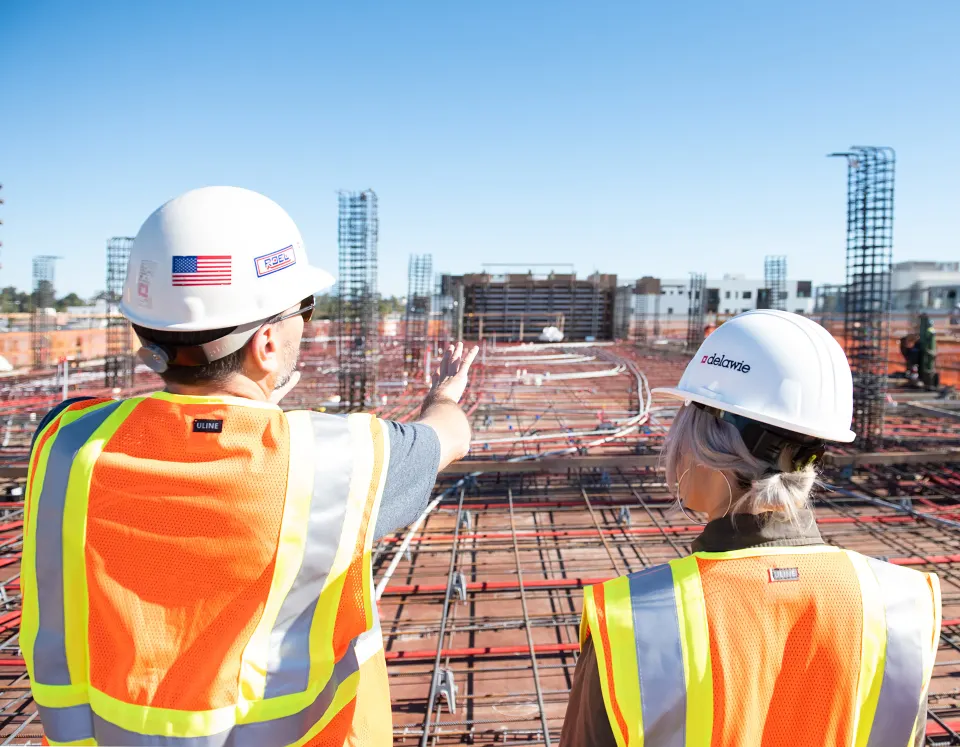Decarbonizing cement and steel production will be critical to achieving national and global climate goals, but it has been slower than in other sectors – like transportation and power – for several reasons.
One prominent reason is the role of carbon dioxide (CO2)-emitting chemical processes in steel and cement production. Alongside entrenched manufacturing practices, slow turnover of equipment in plants, the relatively higher cost of low-carbon technologies and outdated standards, it can be difficult to introduce changes that would decrease emissions.
Green purchasing, or procurement, is one of the most effective policy measures to drive important early demand for low-emission cement, concrete and steel. Along with other enabling policies, green procurement can help accelerate progress toward net-zero emissions in these sectors. Within the public sector, this means prioritizing the purchase of low-carbon products in government-funded construction projects. And in the private sector, it means leveraging the purchasing power of companies to decarbonize their supply chains.
The past few years have seen several green procurement initiatives and policies introduced in the United States and at the international level. These initiatives, however, have different levels of ambition in their emissions intensity benchmarks because of varying standards and definitions for what classifies as ‘green’ or low/near-zero emissions. Harmonized standards with consistent methodologies are critical to ensure that these initiatives and policies are complementary. To be clear, “harmonized” does not mean the same, but that initiatives’ standards use the same basic definitions, data frameworks and methodologies.
The above excerpt was originally published by WRI. Click here to view the full article.

